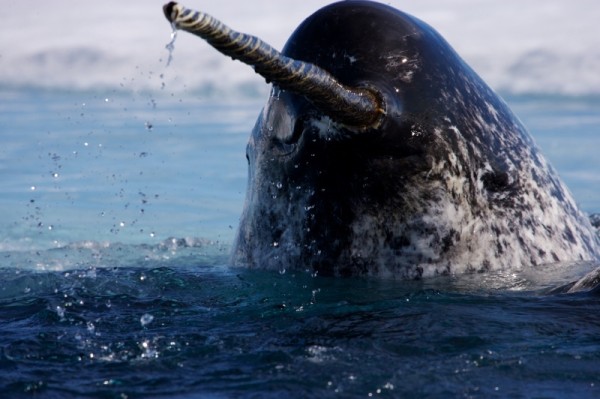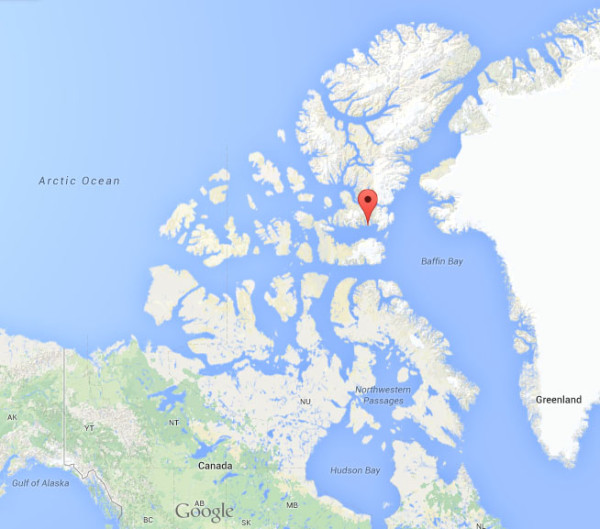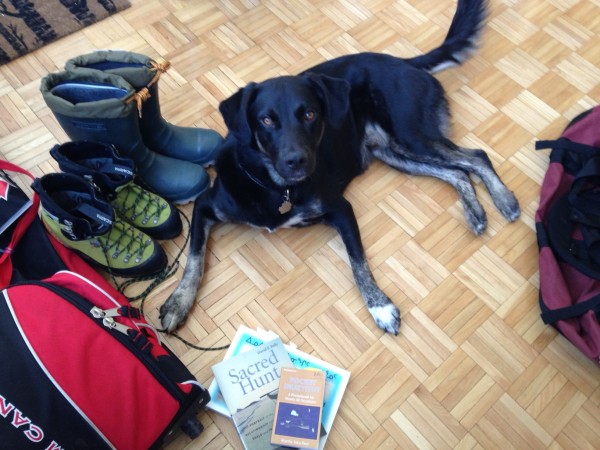Packing for the Arctic
It’s hard to believe that in just a few days, I’ll be standing on a rocky beach in the Last Ice Area. Right now I’m in my apartment in Toronto, trying to decide how many pairs of socks to bring. My dog, Daks, is sitting on the floor, in the midst of luggage, camera equipment and piles of WWF T-shirts, oblivious to the fact that I’m leaving for three weeks for Grise Fiord, in Ellesmere Island, in the Canadian Arctic Archipelago.
I’ll be joining a research team led by the Department of Fisheries and Oceans (DFO) with Inuit hunters and Arctic scientists from across Canada. Our goal will be to attach satellite tags to narwhal, Arctic ice whales often called “unicorns of the sea” because of their long, ivory tusk. It’s the fourth year of a five-year study to investigate where narwhal travel throughout the year. Dr. Pete Ewins, WWF’s Arctic species expert, joined the team in 2011 and 2012.
Of course it’s obvious why Pete might go on a trip like this. My job at WWF is to communicate our work to our supporters and partners—and that includes you. While I’m in the Arctic, I’ll be interviewing the people I meet, taking photos and writing about the research and my experiences. Since I won’t have Internet or a cell-phone signal while I’m that far north, I’ll have to wait until I’m back in September to share my stories and photos.
In Inuktitut, Grise Fiord is called Aujuittuq, or “place that never thaws.” There is a small Inuit hamlet there, of about 130 residents. We’ll be stopping there for a day or two before taking a boat north, into the fiord, to reach a rocky shore where we’ll camp for three weeks, watching for narwhal (and Greenland sharks—one of the scientists joining the team is a Greenland shark expert I interviewed in January).
So, while I’m excited, here is my thought process right now: Am I bringing enough underwear? Do I need my mountaineering boots? Where’s my WWF toque? What if we don’t find any narwhal? What if I’m not strong enough to hold the narwhal? Will my dog miss me? Will I see the Northern Lights? What will my husband eat while I’m gone? (Will my husband miss me?) Will I see a polar bear? Where are my fleece pants? Did I remember to pack a sleep mask? What if I get seasick on the boat? How will I truly capture this experience-of-a-lifetime?
I’ll let you all know how it goes, when I’m back in September. (Wish me luck! And warmth…)




